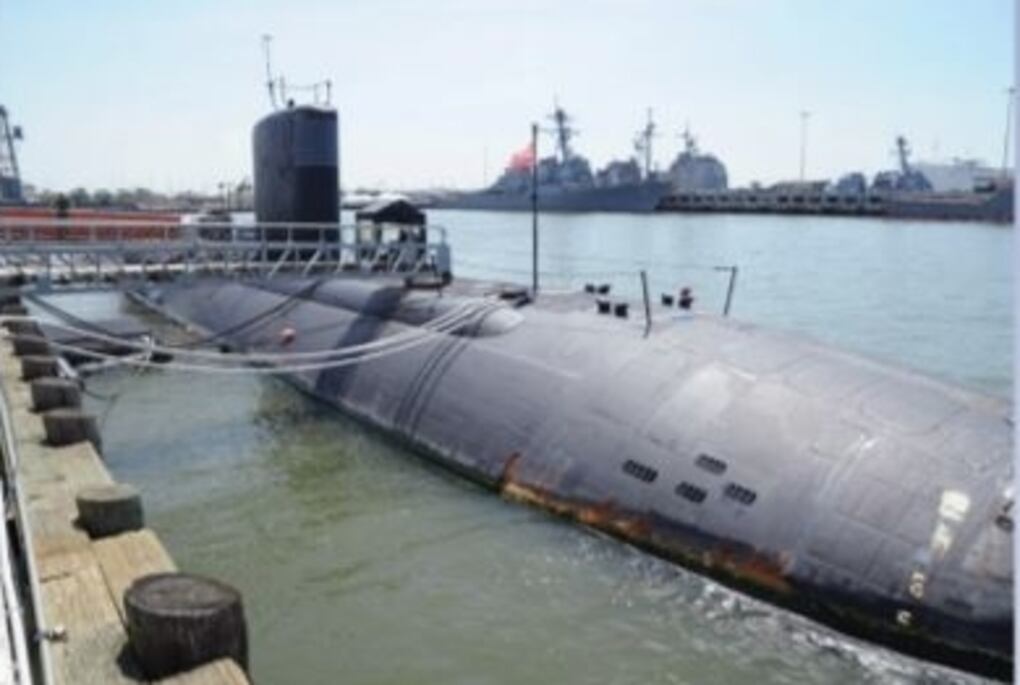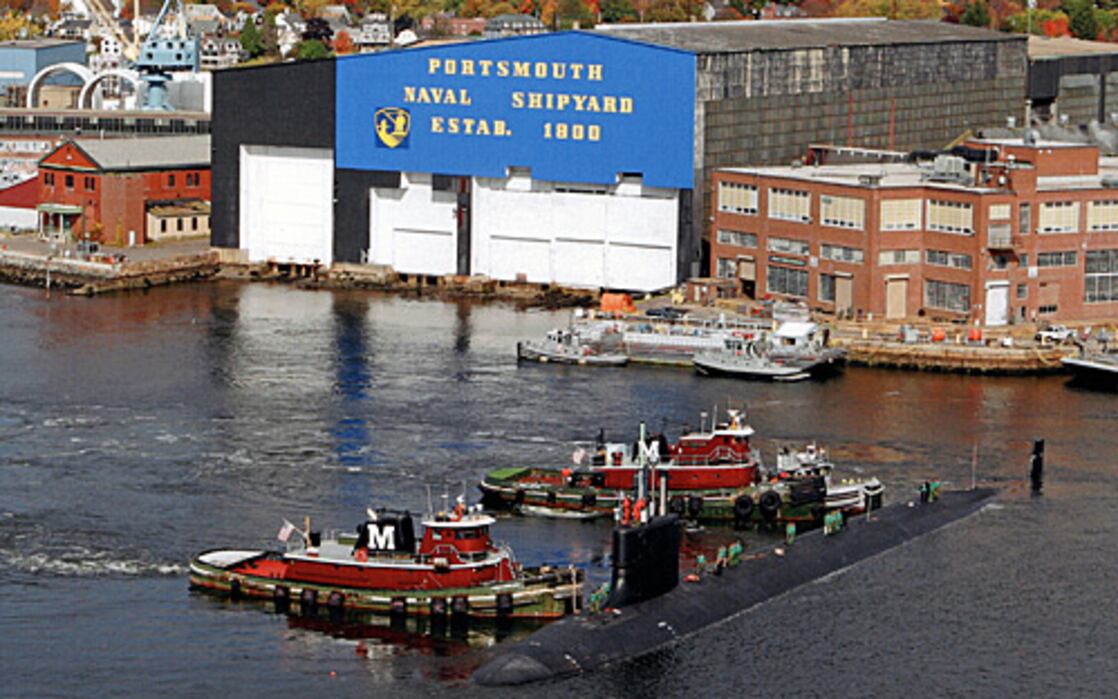KITTERY, Maine (AP) — More than $200 million worth of projects that have been in the works for years are taking shape at Portsmouth Naval Shipyard, promising to boost efficiency and continue the modernization of the nation’s oldest continuously operated public shipyard.
Two U.S. senators joined Navy officials Friday in breaking ground on a Paint, Blast and Rubber Consolidation Facility of more than 65,000 square feet and a consolidated warehouse of about 29,000 square feet.
Together the projects are worth nearly $80 million.
The event took place hours after the Navy announced the award of a nearly $158 million contract for critical improvements at Dry Dock 1.
"Today marks a significant milestone in our journey to optimize and modernize facilities and infrastructure at Portsmouth Naval Shipyard," Cmdr. Doug Herrin, public works officer, told the assembly.
Attending the event were U.S. Sen. Susan Collins of Maine and Sens. Jeanne Shaheen and Maggie Hassan of New Hampshire, along with Capt. Daniel Ettlich, the shipyard commander, and officials from contractors Methuen Construction and Cianbro.
RELATED

The U.S. Government Accountability Office has urged the Navy to speed shipyard improvements in the face of a massive backlog of projects.
Because of growing demands on the fleet, it's important to minimize the length of repairs and maintenance in shipyards, the GAO said. And equipment is aging beyond the expected life at all four of the nation's public shipyards, the GAO said.
The Portsmouth Naval Shipyard, established in 1800, repairs and overhauls nuclear-powered submarines.
The Paint, Blast and Rubber Consolidation Facility will bring under one roof operations that are dispersed across the shipyard, and the warehouse will improve the shipyard’s ability to receive, inspect and distribute submarine components for worldwide fleet support.
The contract for Dry Dock 1 is also crucial. The improvements will allow Los Angeles-class attack submarines to float into the dry dock without a buoyancy system, officials said.
It’ll also allow the dry dock to accommodate newer Virginia-class submarines.




